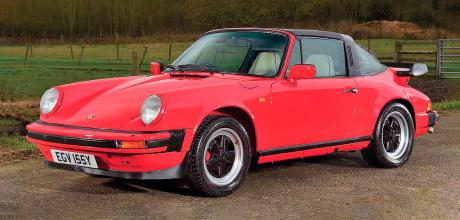1980 Porsche 911 Targa SC-L upgrade 3.1-litre
Factory sanctioned Porsche power packages are commonplace in the present, but things were decidedly different in the late 1970s, when Zuffenhausen’s 3.1-litre 911 SC-L upgrade was offered in hushed tones...
Words Kieron Fennelly
Photography Matt Woods
TRADE SECRET
Porsche’s little-known 911 SC-L upgrade.
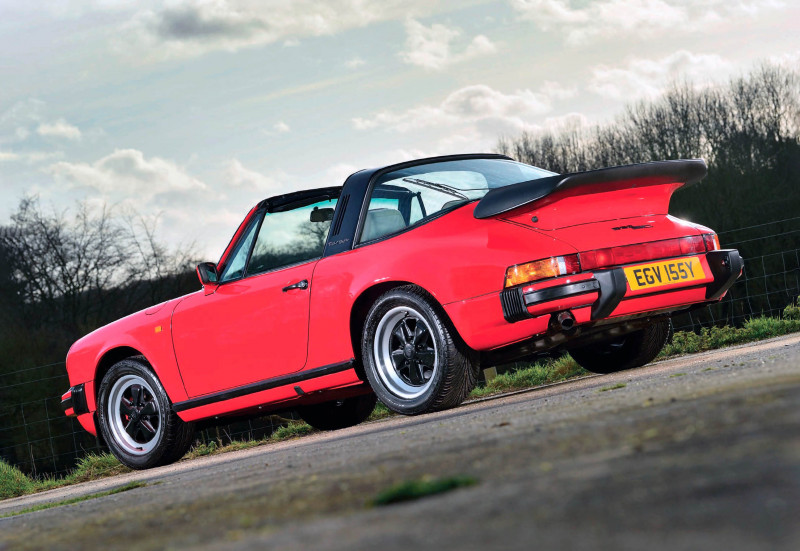
In the sixty-year history of the 911, each successive model has almost always boasted more power and performance than its predecessor. Sometimes, this was symbolic, such as the step up from the 964 to the 993, but on other occasions, there was an appreciable difference in performance. The 996, for example, benefited from an entirely new engine and could show its forebears a distinctly clean pair of heels. In the 1970s, however, a decade into the 911’s career, there were two occasions when the new kid on the block had a lower power rating than what came before.
ROLF SPRENGER, MANAGER OF THE WERKSTATT, RECKONED BETWEEN TWO AND THREE HUNDRED SCs WERE MODIFIED TO SC-L TRIM
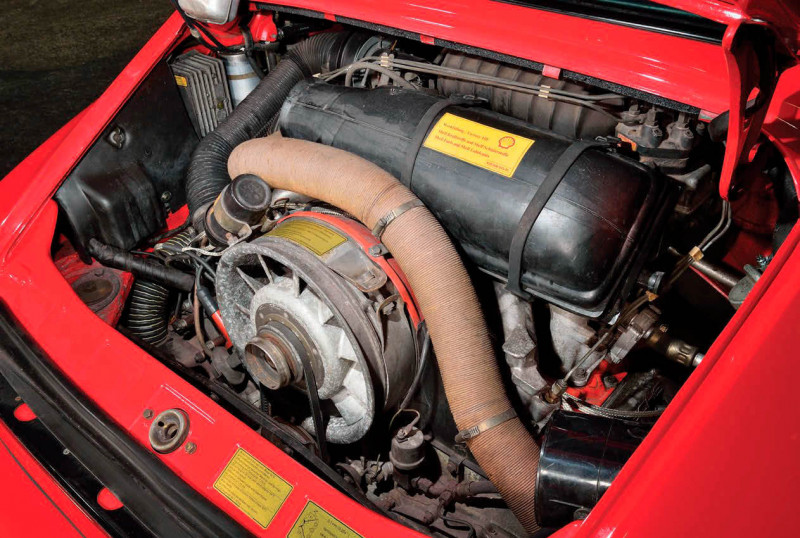
The first was forced upon Porsche by the initial wave of emissions regulations. This effectively killed off mechanical fuel injection, which tended to overfuel engines, resulting in large amounts of unburnt hydrocarbons. The last 911 to feature mechanical fuel injection was the top-of-the-range Carrera 2.7 of 1976, producing 210bhp. Its short-lived successor, the Carrera 3.0 of 1976-77, was equipped with Bosch K-Jetronic injection. By now, Porsche had some experience of electronic injection on the flat-six — the three-litre model’s 200bhp represented a relatively minor sacrifice, especially when torque was improved, though this came mostly from the increased cubic capacity. Ferraris, Maseratis and Lamborghinis, to name but three topflight competitors, would lose far more horsepower in the early years of the switch from carburettors or mechanical injection to electronic fuel injection systems. For the 1978 model year, the Carrera 3.0 was replaced by the SC, said by some to signify ‘Super Carrera’ per the same-badged 356, though Porsche never confirmed as much. On the face of it barely changed, the SC inherited the Carrera 3.0’s 95x70.4mm bore and stroke and its 8.5:1 compression ratio, but there was much internal reworking to improve efficiency, if not outright power. The SC used the thicker crankshaft and main bearings of the 3.3-litre 911 Turbo (930), but adopted thinner connecting rods. The 930’s breaker-less ignition — instead of traditional points — and electronic (rather than mechanical) cut-out for the rev limiter brought both greater precision and economy. The emphasis was to improve drivability, and although nominally less powerful than the 200bhp Carrera 3.0, testers found the SC seemed to go just as well despite its stated maximum power of ‘only’180bhp at 5,500rpm. Maximum torque was better than that of the Carrera 3.0, with the period’s motoring magazines all agreeing the newer flat-six was noticeably smoother in operation.
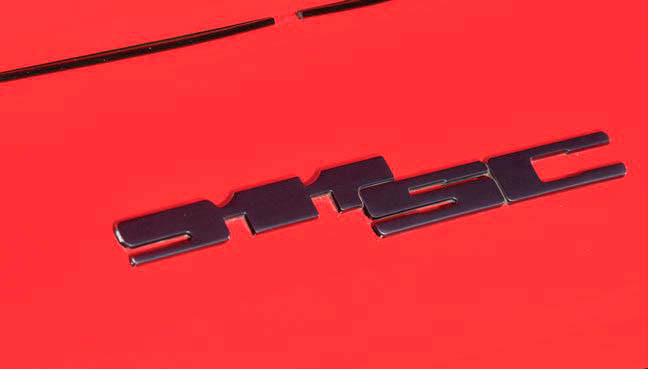
With the introduction of the SC, Porsche was clearly rationalising its range. At the top of the pile was the 3.3-litre 911 Turbo, rated at 300bhp. Below it came the 240bhp 928, the car then Porsche boss, Ernst Fuhrmann, saw as the future of the company. Lower down the pecking order sat the 911 SC. Sensing more than a mere marketing exercise, seasoned Porsche observers thought politics was also at play — much like the way Porsche meticulously ensured the Cayman wouldn’t trespass on 911 levels of performance for the first decade of the mid-engined model’s lifespan, the company also sought to show there was a tangible step-up in rated horsepower between the 911 and the 928. Whatever the official figures, the two models offered very similar levels of performance, though weighing almost 250kg more than the SC, the 928 would have needed at least a 60bhp margin. Moreover, if, as most believed, the 911 SC’s 180bhp was somewhat understated, the 928 could not claim the same.
AS A PORSCHE OWNER IN GERMANY, IF YOU ASKED AROUND, IT WASN’T DIFFICULT TO UNEARTH A 911 TUNER
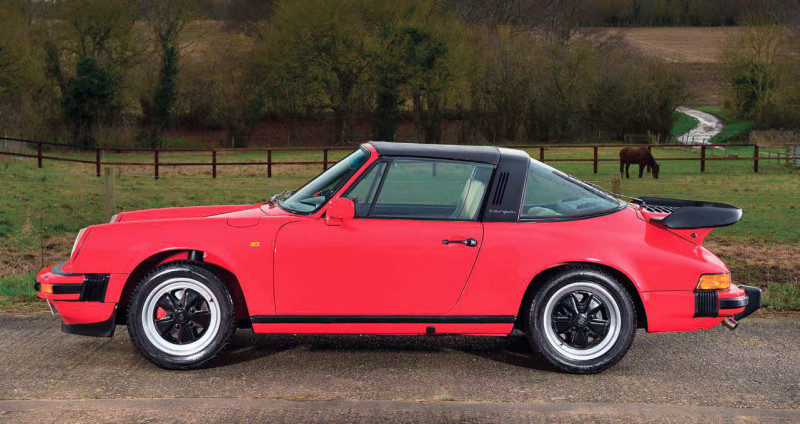
Power ‘demotion’ notwithstanding, the SC sailed through 1978-9 as a hugely popular Porsche, but this didn’t stop 911 die-hards grumbling. In the land of tuning, there were soon aftermarket offerings for owners who wanted more power. Among the better-known purveyors was Max Moritz, a Reutlingen dealer with a strong reputation for racing 911s. Another was an ambitious fellow by the name of Alois Ruf Jr, who had turned his father’s Pfaffenhausen general car service business into a specialist Porsche shop. Ruf had already made something of a name for himself with a modified 930. The opportunity to uprate the 911 SC was too good to miss. Like Moritz, Ruf bored out the three-litre flat-six from 95mm to 98mm. With polished ports and different camshafts, both tuners obtained well in excess of two hundred horsepower. Specifically, Ruf claimed 215bhp for his 3,185cc conversion.
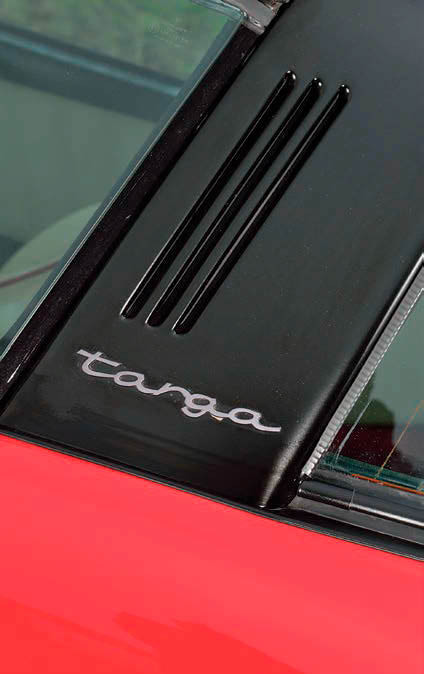
This work was relatively discreet and the volumes were barely significant, but as a Porsche owner in Germany, if you asked around, it wasn’t difficult to unearth a 911 tuner. Nevertheless, practically until the end of Wendelin Wiedeking’s time in charge of Porsche, the brand was always very sensitive about what some of the higher profile tuners were up to. Thomas Behringer of TechArt in Leonberg, for one, can point to injunctions served on him by Porsche to block projects those in Zuffenhausen didn’t take kindly. In the 1970s, however, Porsche reacted to outside fettling of its products by developing its own tuning kit, though this wasn’t quite as straightforward as it might once have been.
Ernst Fuhrmann’s ban on further 911 development (except for regulation conformity), which also encompassed competition activity, led to a certain amount of subterfuge by Porsche employees who felt it was essential to maintain support for the 911. Customer racing manager, Jürgen Barth, for example, funnelled both parts and considerable assistance to the Alméras Brothers in Montpellier in order to help them build the 911 with which Jean Pierre Nicholas was able to win the 1978 Monte Carlo Rally. Porsche’s SC tuning kit had, by necessity, to be a similarly ‘under the counter’ operation. Technically, the upgrade was not so demanding. Porsche already had the advantage of a 97mm bore in-house (used for the 3.3-litre 911 Turbo). Coupling these cylinders with the stock three-litre flat-six’s stroke of 70.4mm would result in a capacity of 3,122cc. Nonstandard pistons would come from Mahle, but otherwise, the modifications would be a classic parts bin effort.
STRAIGHT TO THE TOP
Given this scheme contravened Fuhrmann’s policy of winding down the 911, approval had to be sought from Ferry Porsche himself. Mr Porsche was sympathetic. By his conspicuous absence from the 1978 European Car of the Year prize-giving, awarded to the 928 (the only sports car to have ever won the competition, an indication of how advanced the ‘land shark’ was for its day), he had already shown his disapproval of the direction in which Fuhrmann was leading the company bearing the family name. Ferry assented to the 911 SC upgrade on condition it remained an extremely discreet modification, invisible to the uninitiated.
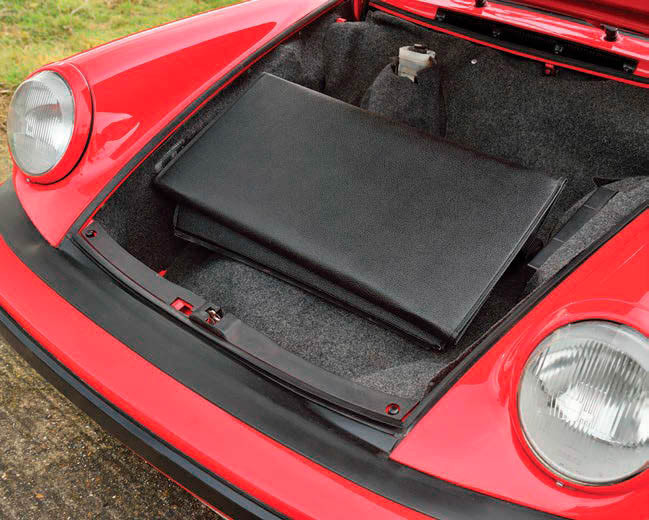
To counter the efforts of independent tuners, Porsche sought to match the output of the earlier 1973-76 2.7-litre flat-six at 210bhp, which had, of course, the advantage of mechanical fuel injection. Besides a larger bore, compression ratio was increased from 8.6:1 to 9.5:1 (requiring 98 RON fuel). Changes included the cylinder cooling fins of the 3.3-litre 911 Turbo and, bolted the head to the block on the exhaust side, twelve Dilavar studs less prone to thermal expansion than the standard steel items.
The use of Dilavar, a nickel alloy, would become Porsche practice on the later SC. For the 3.1-litre upgrade, K Jetronic fuel injection was as standard, but with a higher-pressure fuel pump. A larger oil radiator was positioned inside the front wing (the same would later be fitted to the Carrera 3.2) and, in the interests of increased top speed, the 915 gearbox was kitted-out with a higher fifth gear, another modification which Porsche would later make standard.
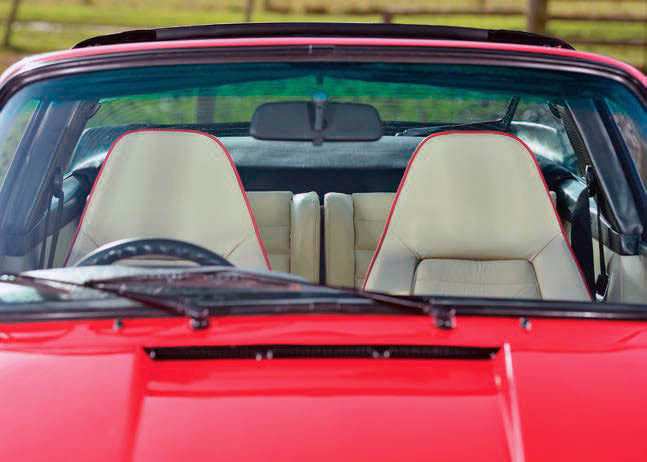
The upgrade was never marketed as such, and no sales literature was ever issued. Porsche relied on word of mouth to communicate to dealers how, should a customer ask, the Werkstatt (the still at Werk 1 in Zuffenhausen) would supply and fit the kit to a new SC. 911s so delivered were referred to in their documents as an SC-L model. An accompanying letter confirmed this was indeed a factory 3.1-litre conversion. Jürgen Barth, who usually has very reliable production figures for air-cooled Porsches, says there were no records for the SC-L, simply because it wasn’t a production model and Porsche management didn’t want to shout about the upgrade’s existence.
PUMP UP THE VOLUME
For his part, the late Rolf Sprenger, then manager of the Werkstatt, reckoned between two and three hundred SCs were modified to SC-L trim. Alois Ruf Jr’s figures suggest his RUF Automobile 3.1-litre offering exceeded four hundred units, although at DM6,000, it was DM1,500 cheaper than the Porsche SC-L. Moritz is thought to have modified about a hundred SCs to 3.1-litre specification. Demand fell in 1980. When the 911 SC cost DM54,000 (circa £14,000) these upgrades were in any case an expensive addition. With the advent of a higher compression 911 SC, which, when aided by 98 RON (now more widely available in Germany) was rated at 188bhp, interest waned. The ‘facelift’ SC, which appeared in 1981 after Fuhrmann left his post at Porsche, sported 204bhp at a racier 5,900rpm. Auto Motor & Sport clocked 240kph against 228kph for the earlier SC and knocked half a second off the zero to 100kph sprint time.
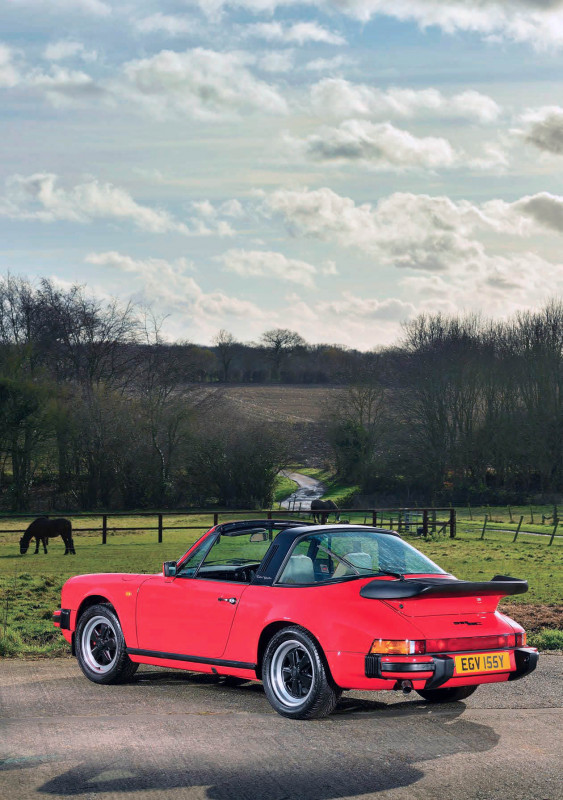
Enthusiast, Cengez Teken from Antwerp, is a typical owner. He acquired his SC-L in 2011 from a dealer who wasn’t aware it was anything other than a basic SC. Teken says the oversized engine makes an interesting comparison with that of his Carrera 3.0 Targa. “Last summer, I drove the Targa two thousand kilometres on the Tour Amical, from Venice to St Tropez. The main difference I feel with the SC-L is its enhanced torque. Subjectively, both cars are about the same in acceleration, but you feel pick-up earlier with the SC-L, from about 2,800rpm. With the standard three-litre flat-six, you wait until 3,300rpm for the same effect. That said, the three-litre engine warms up quicker than the SC-L’s 3.1-litre due to the latter’s larger oil cooler.”
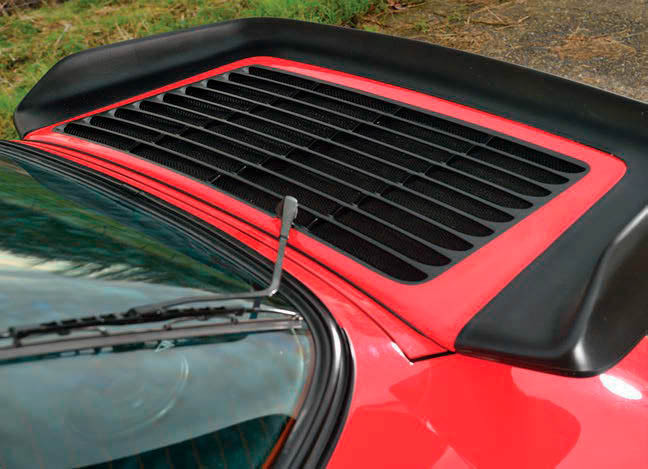
Like other externally undetectable, factory-modified 911s — another example is the 3.8-litre conversion for the 993 — the 3.1 conversion adds a fascinating footnote to an endlessly rich air-cooled 911 story. Above and below The SC was hugely popular, but the SC-L upgrade wasn’t advertised by Porsche and therefore few buyers took advantage of the offer when available
Above and below The 911 SC went through numerous changes during its fruitful lifecycle on Porsche’s production lines, resulting in a 204bhp flat-six, effectively reducing demand for the additional power provided by the SC-L 3.1-litre conversion.
Above The SC was a 911 sales smash in coupe and Targa trim, but early adopters of the first ‘people’s Porsche’ were presented with a car down on power when compared to what came before.
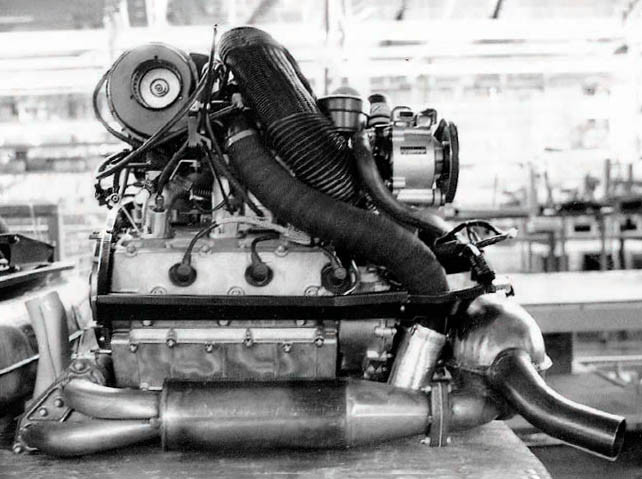
Above Standard three-litre flatsix, which could be upgraded to 3.1 litres by way of the SC-L package, something of a reaction to the work of RUF and Max Moritz in period Below Side view of the threelitre flat-six in 1978, complete with K-Jetronic fuel injection


